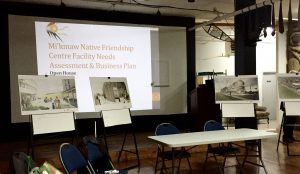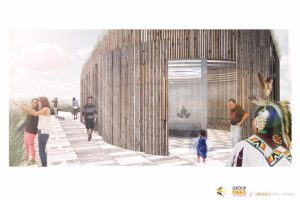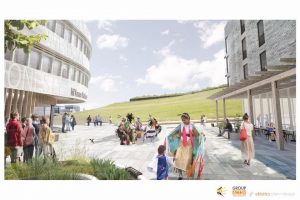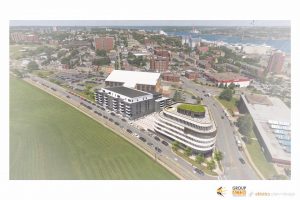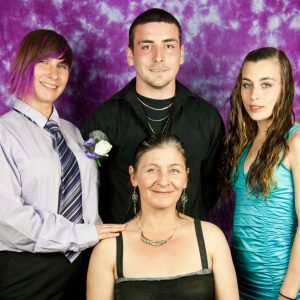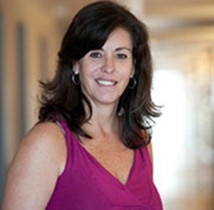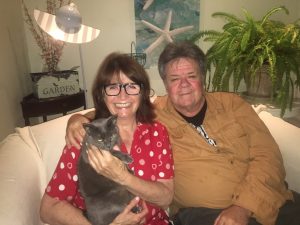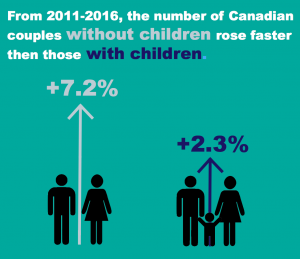This map is from the Statistics Canada 2016 Census, which measures the growth of married couples living without child the Halifax-area census tracts. The darker colours represent areas with the highest increase. The lighter areas, the lower increase. Click on each census track to see the result.
The number of married couples without any children in Cole Harbour district, has sharp increase compared with 2011, according to an analysis of the most recent census data released by Statistic Canada.
Cole Harbour district is located in southwest Dartmouth across the ferry from Halifax peninsula. In this area, the number of married couples who don’t have child increased 82 per cent from 2011 to 2016, which has the highest growth all over the Halifax Regional Municipality.
Áine Humble, a professor of Family Studies and Gerontology department, Mount Saint Vincent University, says that in general there is a long-term trend that people have fewer children in Canada.
The 37-year-old tea house owner, Philip Holmans, and his 31-year-old wife, Karen Holmans, have been living in Cole Harbour for 10 years after they got married. Instead of a child, they have a greyhound named Earl Grey.

This couple both have full-time jobs. Husband works for the tea house and wife works as a document administrator for medical records in a company.
Holmans regards his marriage as a partnership. He and his wife have their separate bank accounts and a communal account. “We avoid the financial argument that way,” says Philip.
“The real estate prices are good, compared with downtown Halifax”, says Holmans. He and his wife paid for their house right after they got married.
According to his personal research, the house price in Cole Harbour is around $250,000 dollars. But in downtown Halifax, a small condo should be paid $400,000 dollars plus condo fees on top of that.
Humble residents who who live in downtown Halifax are seniors and university students, and more young couples prefer living in Dartmouth, like Cole Harbour area.
“It is expensive to have children,” says Humble, “people maybe delay having children because they don’t have the finance to raise.”
In centre ofHalifax, the number of married couples living without child in three adjacent districts have 10.8 per cent decrease, 10.3 per cent decrease, and 2.4 per cent increase. If the harbour that divides Halifax and Dartmouth is the boundary, then the west side of the boundary where those three districts located, has the smallest increases, but the east side has the highest changes over Regional Municipality, according to the census data.
Besides the affordable house price, Holmans thinks it is convenient living in Cole Harbour community where the majority are middle-income families. “Just very ordinary people who live ordinary lives,” says Holmans, “and we like it”.
From 2011 to 2016, the number of couples living without children rose faster than the number of couples with children. The Daily says “Trends in the share of couples living with or without children also reflect the growing diversity of households and families in Canada.”
“Financial reasons could be related to the level of governmental support for the family,” says Humble.
Halifax’s population changed 4.7 per cent 2006 between 2011, down to 3.3 per cent compared to the period between 2011 and 2016.

